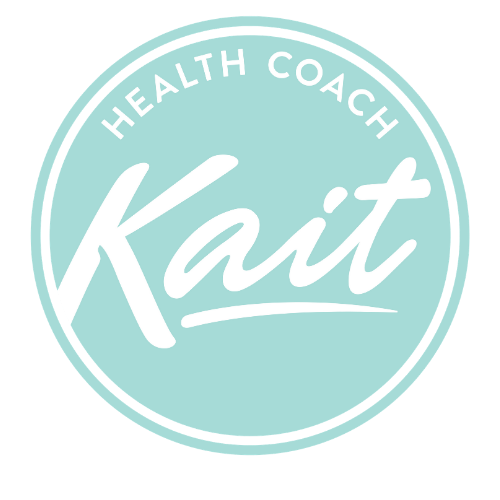Why You Should Never Snack If You Have Insulin Resistance
If you’ve been diagnosed with insulin resistance—or suspect you have it—one of the most important (and often overlooked) changes you can make is to stop snacking. Yes, even the so-called healthy snacks like fruit, protein bars, or trail mix. In this blog post, I’m going to explain why snacking can be one of the worst habits for blood sugar and insulin levels, and what to do instead to improve your metabolic health.
What Is Insulin Resistance?
Insulin resistance occurs when your cells stop responding properly to insulin—the hormone that helps move glucose from your bloodstream into your cells for energy. When this happens, your body compensates by producing more insulin. Over time, this leads to chronically high insulin levels, unstable blood sugar, and eventually prediabetes or type 2 diabetes.
The key to reversing insulin resistance is to lower your overall insulin levels. And one of the easiest ways to do that? Stop snacking.
Why Snacking Keeps Insulin Elevated
Every time you eat—whether it’s a full meal or a small snack—your body releases insulin. That means if you’re constantly eating throughout the day, your insulin levels never have a chance to drop.
When insulin is constantly elevated:
Your body stores more fat (especially around the belly)
You become more insulin resistant over time
Fat burning is turned off because your body is always in storage mode
Even small snacks like fruit, crackers, or granola bars can spike insulin levels, especially when they’re high in carbohydrates or sugar. This keeps you locked in a cycle of hunger, cravings, and energy crashes.
The Myth of "Boosting Your Metabolism"
You might have heard that eating small meals every few hours helps boost your metabolism. This idea has been widely debunked. What really matters is total calorie intake and how your body handles those calories. Constantly eating prevents your insulin from ever coming down, which is the opposite of what we want when trying to reverse insulin resistance.
What To Do Instead
Instead of snacking, aim for three balanced meals per day that keep you full and satisfied. Here's how:
1. Prioritize Protein
Aim for 30–40g of protein at each meal.
Protein keeps you full longer and helps stabilize blood sugar.
2. Add Healthy Fats
Include fats like olive oil, avocado, butter, or nuts to slow digestion and support hormone health.
3. Eat Fiber-Rich Carbs Last
Non-starchy vegetables like broccoli, spinach, and zucchini provide fiber without spiking blood sugar.
If you’re including carbs, eat them at the end of your meal to reduce the glucose response.
4. Focus on Meal Timing
Stick to three meals per day with no snacking in between.
If you're still getting hungry between meals, it likely means your meals aren’t balanced enough.
Results You Can Expect
When you stop snacking and focus on full, satisfying meals, you allow insulin levels to drop between meals. This helps:
Reduce cravings
Improve insulin sensitivity
Promote fat burning (especially belly fat)
Increase energy and mental clarity
Final Thoughts
Snacking might feel harmless, but for someone with insulin resistance, it can be one of the biggest roadblocks to healing. The more time you can spend with low insulin, the more your body can repair and rebalance itself.
Start by optimizing your meals, ditching the snacks, and watching your hunger, energy, and metabolism improve over time.
Have you tried cutting out snacks? What did you notice? Let me know in the comments!
